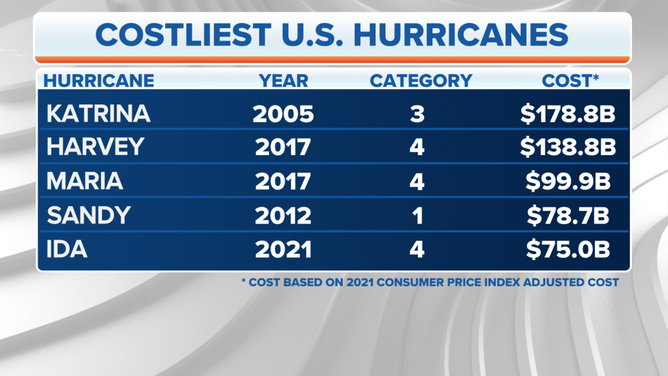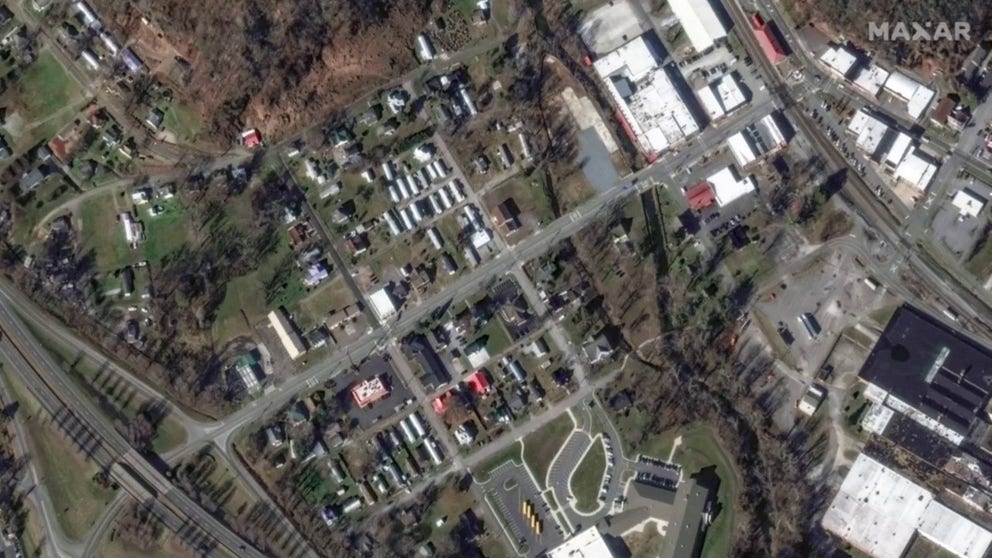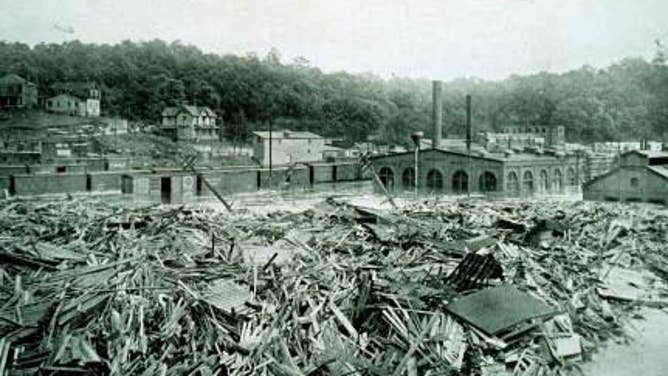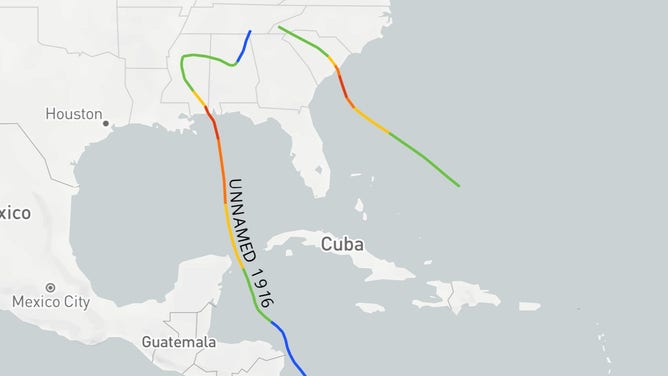Helene disaster exceeds devastation caused by the ‘Great Flood of 1916’ in North Carolina
Damages at the time were estimated to be around $22 million from the ‘Great Flood of 1916’, which would be the equivalent of $600-$700 million today.
Satellite imagery before and after Hurricane Helene
Satellite images from Maxar Technologies show the extent of flooding in Old Fort and Spruce Pine in western North Carolina.
ASHEVILLE, N.C. – History has repeated itself in North Carolina more than a century after suffering from the catastrophic impacts of back-to-back cyclones.
The combination of a frontal boundary and the remnants of Helene produced feet of rainfall during the final days of September, isolating towns and flooding communities around Asheville.
Scenes in western North Carolina evoked images from the ‘Great Flood of 1916’ - an event that many believed could never happen again.
During the summer of 1916, back-to-back cyclones dropped more than 26 inches of rainfall, leading to at least 80 reported deaths and damage equivalent to what would cost $600 to $700 million today.
The city of Asheville referred to the disaster as a "flood by which all other floods are measured" - a sentiment that rings especially true in the aftermath of Helene.
HELENE DEATH TOLL SURPASSES 190 AS NORTH CAROLINA COMMUNITIES STILL INACCESSIBLE
Hurricane Helene made landfall along Florida’s Gulf Coast as a Category 4 cyclone with winds estimated to be 140 mph, but it was the system’s surge and inland flooding that caused most of the destruction.
Dozens of Flash Flood Emergencies were issued throughout western North Carolina, which was particularly hard hit.
The Swannanoa River crested at 26.1 feet, which was more than 5 feet above the old record of 20.7 feet set back in 1916.
A similar situation occurred along the French Broad River, with a peak exceeding a foot above the previous record of 23.1 feet, set during the same summer.
The flooding of waterways led to scenes of disaster in locales such as Biltmore Village, Marshall, Chimney Rock and Boone.
Drone video: Historic flooding of North Carolina's Biltmore Village
More than 200 people were reported rescued from floodwaters in North Carolina following Helene’s torrential rains with more expected in the coming days.
In the days following Helene, the scale of the disaster was believed to be more extensive than that of 1916 event, as more people now call the region home, leading to more vulnerabilities.
According to historical census data, the population of the Tar Heel State was just north of 2 million during the early 1900s, compared to the current population of nearly 11 million residents.
This increase of around 8 million residents has not only made North Carolina the ninth-largest state in the country but has also exposed a larger population to weather extremes, such as hurricanes and flash flooding and occasional winter storms.
HERE’S HOW YOU CAN HELP HURRICANE HELENE RELIEF EFFORTS
Maxar Technologies Inc., a space technology company based in Colorado, released imagery of the flooding caused by the hurricane as it swept through North Carolina.
Before and after images showed changes in the terrain around Old Fort and Spruce Pine in the western part of the state.
Preliminary damage projections from Moody’s Analytics suggest that the total impact could reach as high as $34 billion.
The estimate would place Helene among the top 10 costliest cyclones to ever affect the U.S. and fall well short of disasters such as Katrina, Harvey and Ian.

Ida was the fifth-costliest hurricane to impact the U.S.
(FOX Weather)




